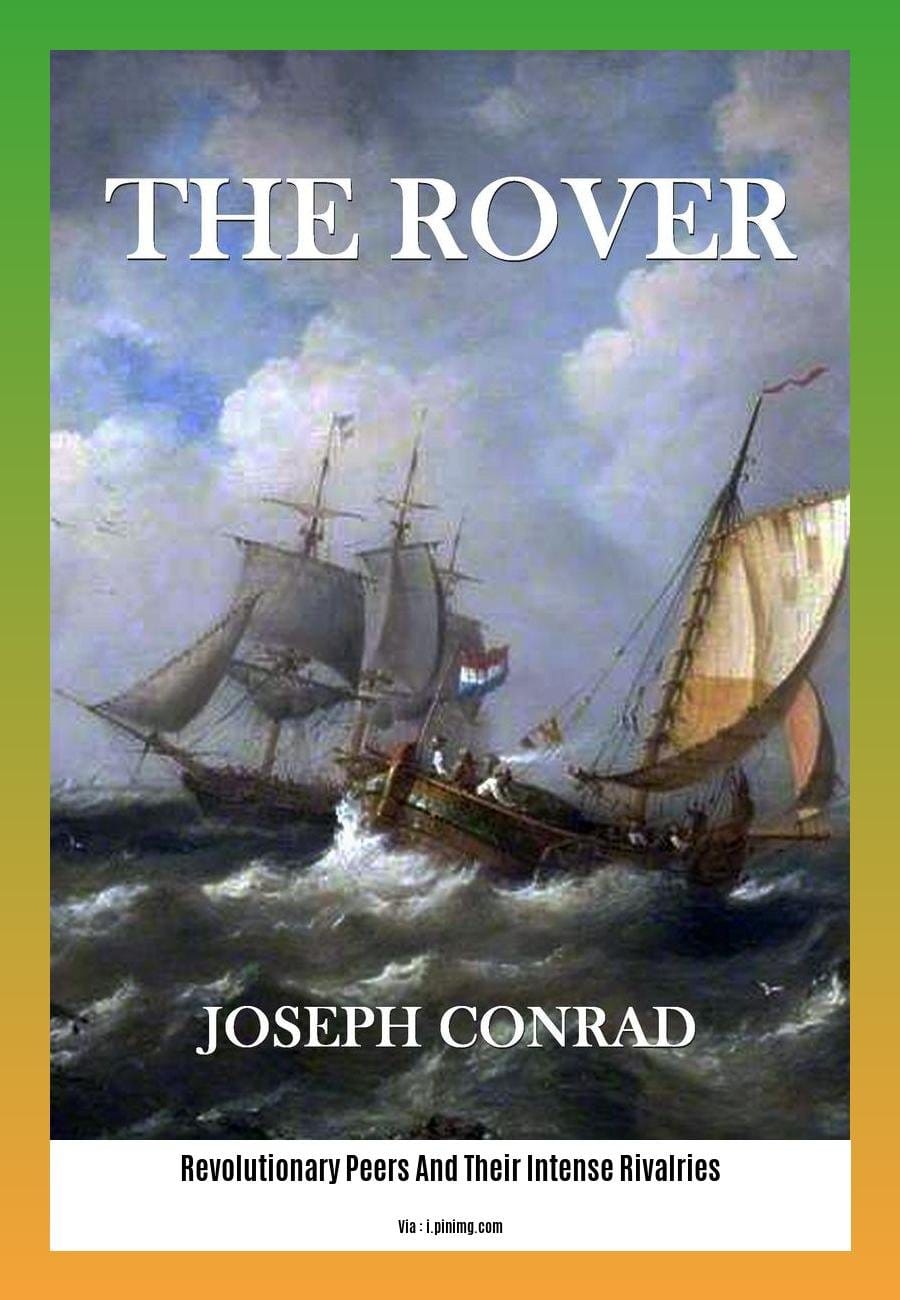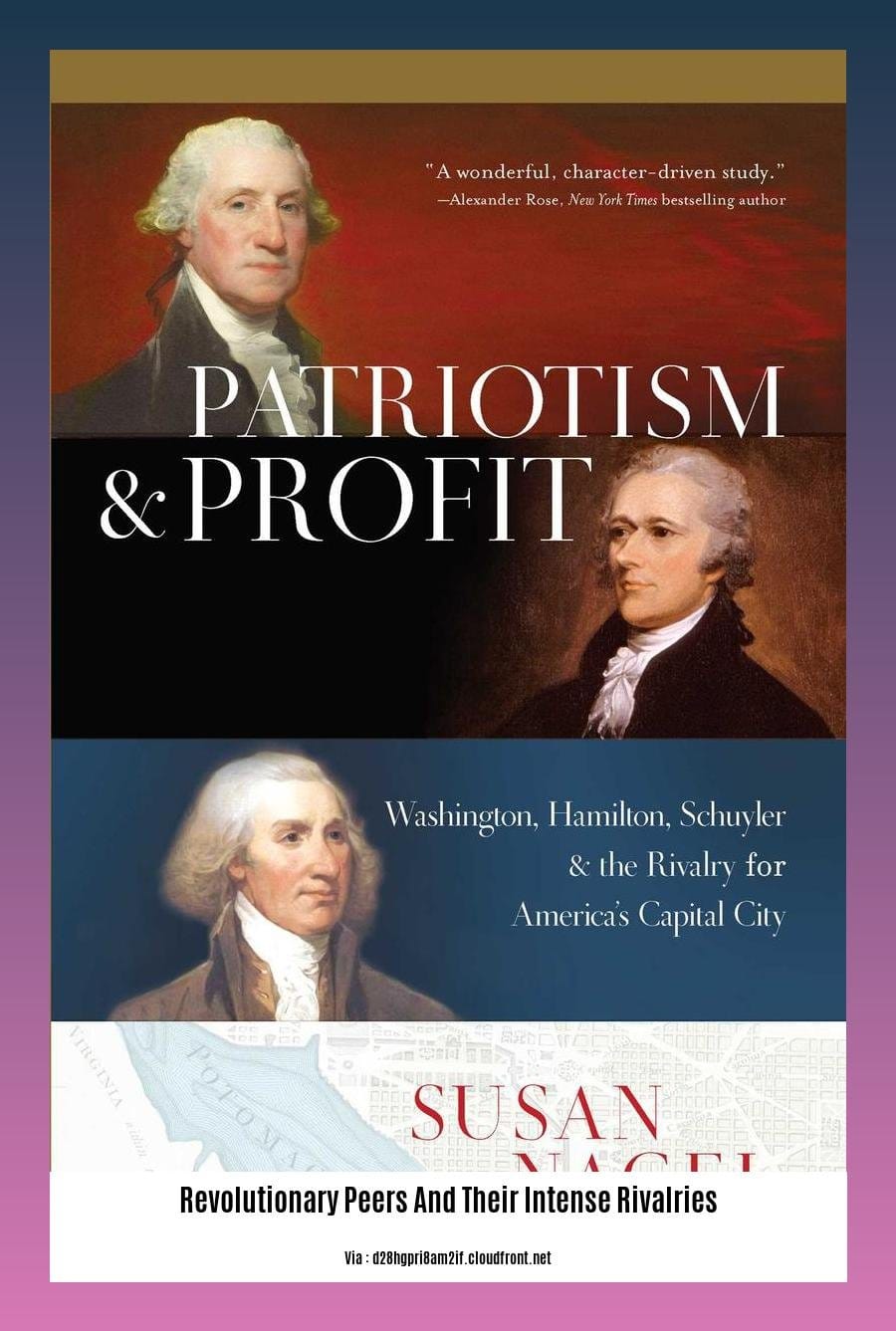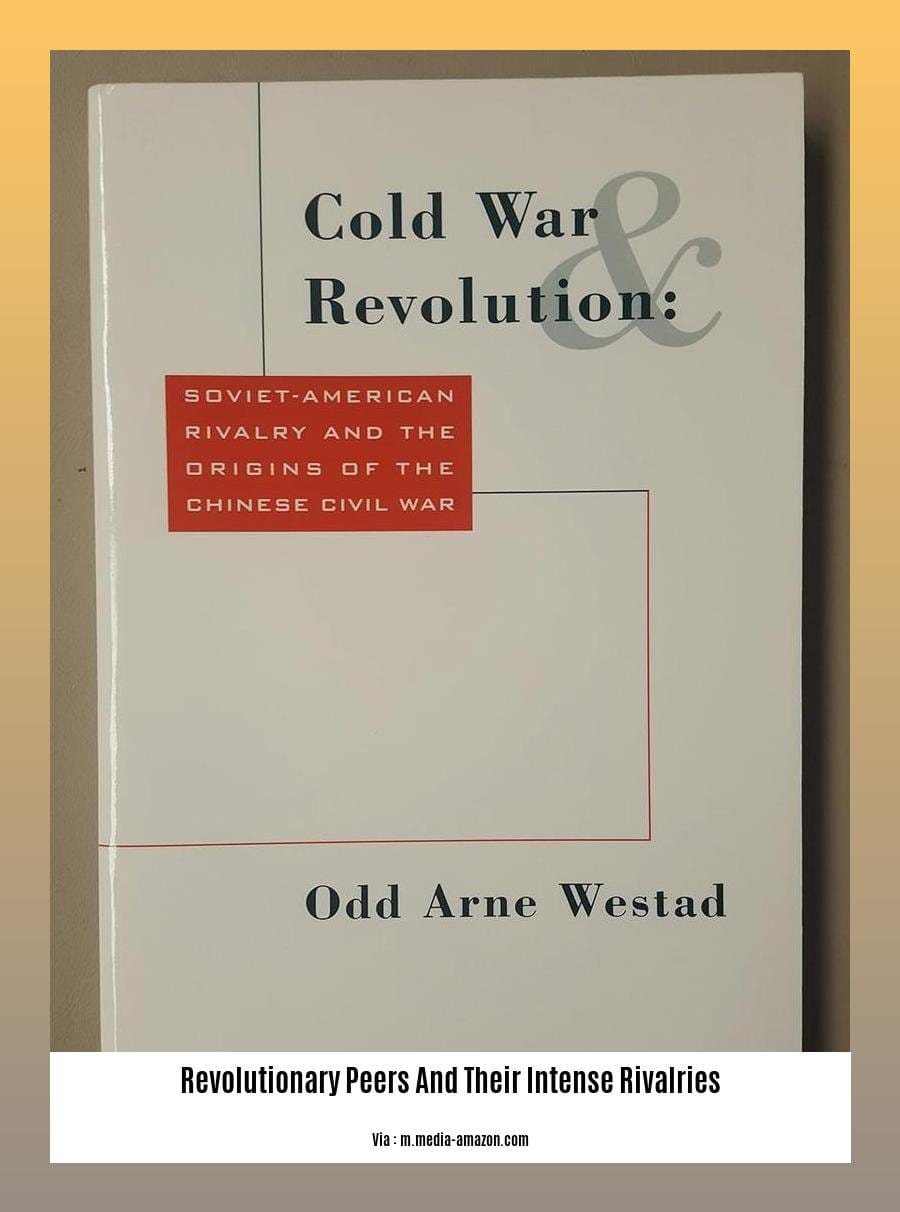Welcome to “Revolutionary Peers and Their Intense Rivalries: A Historical Examination.” Dive into the enthralling world of revolutions and the captivating dynamics that shape them. Our exploration delves into the motivations, ambitions, and conflicts that often ignite rivalries among revolutionary peers. Discover the intricate interplay between personal ambition, ideological differences, and the pursuit of social change through captivating accounts of famous rivalries, shedding light on the factors that intensify these historical clashes.
Key Takeaways:

- The American Revolution was part of a larger conflict involving European powers.
- European nations had colonial interests at stake in the outcome of the revolution.
- The result of the conflict impacted the balance of power among European nations.
- The United States became involved in imperial rivalry after gaining independence.
Revolutionary Peers and Their Intense Rivalries
Throughout history, revolutionary peers and their intense rivalries have shaped the course of social upheaval and social change. Driven by divergent visions of the future and a thirst for power, these conflicts have often played out on a grand stage, with far-reaching consequences.
Ambitions, Ideals, and the Struggle for Leadership
At the heart of these rivalries lie conflicting ambitions and ideological differences. Revolutionary peers often emerge from similar backgrounds, sharing common goals. But as the movement gains momentum, personal ambition and divergent interpretations of revolutionary principles can lead to bitter divisions.
The Role of Ego and Personality Clashes
Beyond ideological differences, revolutionary peers and their intense rivalries are often fueled by ego and personality clashes. Charismatic leaders may clash with more pragmatic counterparts, while ambitious individuals may see their own leadership aspirations threatened.
The Impact on Social Change
These rivalries can have a profound impact on the revolutionary process. They can lead to schisms, strategic blunders, and a loss of public trust. In some cases, they can even derail the revolution altogether.
Historical Examples
History is replete with examples of revolutionary peers and their intense rivalries. During the French Revolution, Robespierre and Danton clashed over the direction of the revolution, leading to Robespierre’s eventual victory and Danton’s execution. In the Russian Revolution, Lenin and Trotsky competed for control of the Bolshevik Party, with Lenin ultimately prevailing and Trotsky being exiled.
Lessons for the Present
The study of revolutionary peers and their intense rivalries offers valuable lessons for understanding the complexities of social change. It highlights the importance of managing conflict, fostering unity, and prioritizing the common good over personal ambition. By examining these historical examples, we can gain insights into the challenges and opportunities that arise when individuals with shared goals clash over the path to achieving them.
Discover the feuding revolutionary counterparts and contemporaries whose rivalries shaped revolutions. From famous rifts between contemporary revolutionaries to the rivalries that shaped revolutions, explore the fascinating dynamics that played a role in some of history’s most significant events.
Famous Rivalries Between Brands
When we think of famous rivalries between brands, the first examples that come to mind are often in the food and beverage industry. Coca-Cola and Pepsi have been battling for market share for over a century, each launching new products and campaigns to outdo the other.
Nike and Adidas have a similar rivalry in the sportswear market, constantly pushing each other to innovate and stay ahead in terms of technology and design.
These rivalries not only drive competition but also benefit consumers by leading to better products and more choice.
Key Takeaways:
- Famous Rivalries Between Brands are a common occurrence in the business world.
- Competition drives innovation and can benefit consumers.
- Brands often use marketing and advertising to target their rivals.
- Social media has become a key battleground for brand rivalries.
- Some rivals have even been known to cooperate on occasion.
Citation:
* Marketing Dive: Brand Wars that Helped Define Modern Marketing

FAQ
Q1: What are the key factors that contribute to the intensity of rivalry between revolutionary peers?
Q2: How do personal ambitions, ideological differences, and the pursuit of social change shape the dynamics of revolutionary rivalries?
Q3: Can rivalries between revolutionary peers have both positive and negative consequences for the revolutionary movement?
Q4: How can historians analyze historical events to shed light on the complex motivations and conflicts that arise among revolutionary peers?
Q5: What are some notable examples of rivalries between revolutionary peers throughout history, and what lessons can we learn from them?
- Unlock Water’s Symbolism: A Cross-Cultural Exploration - April 20, 2025
- Identify Black and White Snakes: Venomous or Harmless? - April 20, 2025
- Unlocking Potential: Origins High School’s NYC Story - April 20, 2025















